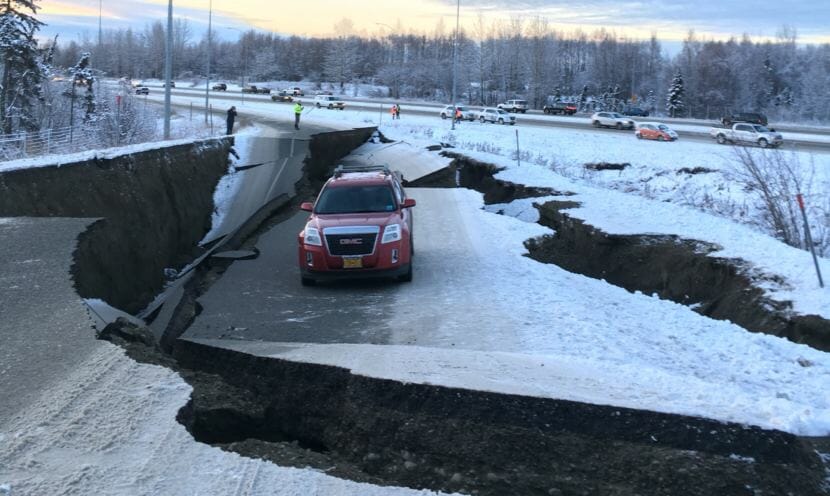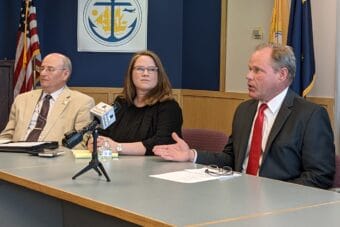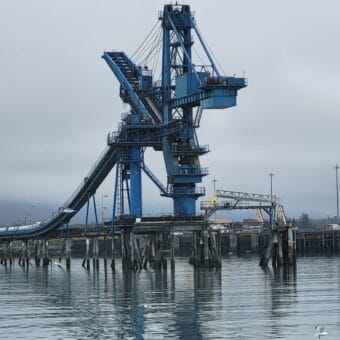
Anchorage may have to pay more money in interest on its bonds after a major agency lowered the city’s credit rating.
S&P Global Ratings dropped Anchorage’s rating from AAA to AA+ last week, citing a decline in the city’s available funds during recovery from the 2018 earthquake and the coronavirus pandemic. The S&P report also cites high construction labor costs and higher than average risks from climate change and future earthquakes.
Lower credit ratings mean the city will have to pay more on its debts. But Nolan Klouda, an economist with University of Alaska Anchorage, said it’s hard to say exactly by how much.
“The difference between an AAA rating and a AA+ rating as far as how much you would pay an interest is likely to be pretty small in the scheme of things,” said Klouda “It’s probably not something that taxpayers would notice.”
The report notes that the city could improve its rating if it recoups some earthquake-related spending that is covered by FEMA, but it warns that a trend of gradual population decline could reduce the tax base.
The bond rating downgrade became a political flashpoint last week after Anchorage Assembly Chair Suzanne LaFrance suggested that the Bronson administration could have purposefully underrepresented the city’s financial standing to gain an advantage in the city budget debate, according to the Anchorage Daily News.
Mayor Dave Bronson has been pushing for budget cuts. In a Tuesday news release before the budget vote, Bronson argued that the credit rating downgrade showed the need to reduce spending.
“I believe that government should begin right-sizing unsustainable spending to reflect the decreases in population that have occurred in the MOA over the past several years,” said Bronson in the statement. “Now is the time to act, to eliminate the level of uncertainty Anchorage residents and taxpayers have felt for years.
Bronson said that city spending had increased by 20% the past five years, even as the city’s population declined.
Klouda said that figure is misleading.
“Actually between 2016 and 2020, the municipal budget was almost totally flat if you factor out inflation,” he said.
The S&P report, as well as a Fitch Ratings report that also gave the city a AA+ rating, don’t mention concerns about governance or unsustainable spending by the city. But the S&P report warns that if the city isn’t able to refill its reserve fund over the next couple years, it’s rating could get dropped further.
The Assembly ultimately passed a budget that restored funding for many of the programs Bronson had cut.



